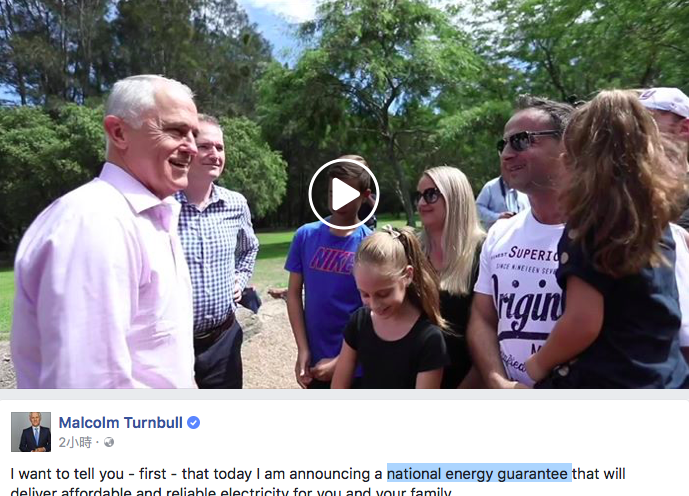In the lead up to the March 17 South Australian election, it had been described as being a ‘referendum on renewable energy’. With the renewables-boosting Labor government increasing its share of the two-party-preferred vote from 47% to more than 48% despite having been in power for 16 years, the result could have been seen as a positive affirmation of the progressive stance on solar, wind and battery storage.
However, an electoral redistribution has resulted in a change of government and adds another voice in favour of the NEG as the Federal Government seeks to get approval for it from the states.
New SA premier has previously indicated that he is likely to cooperate with his Liberal Party colleagues in the Federal Government and support the NEG. This is in stark contrast to the defeated Weatherill Government, which had previously vociferously opposed it.
Labor governments in Queensland, Victoria and Western Australia may still take a stand against the NEG, but the loss of SA is a significant blow.
Prime Minister Malcolm Turnbull was quick frame the SA Liberal victory in terms of the NEG.
“Jay Weatherill said this was a referendum on energy policy and, you know, that he was a very ferocious. Well, the people have spoken,” Turnbull said. “They have spoken in favour of our policies, which support affordable and reliable energy, which will ensure we can meet our Paris commitments and at the same time ensure we can keep the lights on and indeed afford to keep the lights on.”
The Energy Security Board is yet to deliver the full details as to how the NEG will operate. It will be presented to and debated by the states at a COAG meeting in April.
The renewable sector is not largely supportive of the NEG, and the Clean Energy Council has suggested that as it currently stands it will not stimulate significant investment in new renewable generation capacity through to 2030. Research from BNEF also confirms that a mere 1.5 GW of renewables could be added under the NEG. This is in contrast to the 2020 Renewable Energy Target, which is a major driver of the current large scale solar and wind boom underway in much of Australia.
Pressure will also continue to mount on state-based RETs. It appears likely the new Marshall government in SA will walk away from the 75% by 2025 target proposed by Labor. Queensland and Victoria could be pushed to follow suit by the Federal Government.
Pre-election polls had indicated that South Australians were broadly supportive of the Labor’s renewables policies. That the government held ground after having been in power for 16 years appears to confirm this. However, the momentum it gives the Federal Government on its course towards the NEG could prove decisive.
This content is protected by copyright and may not be reused. If you want to cooperate with us and would like to reuse some of our content, please contact: editors@pv-magazine.com.









By submitting this form you agree to pv magazine using your data for the purposes of publishing your comment.
Your personal data will only be disclosed or otherwise transmitted to third parties for the purposes of spam filtering or if this is necessary for technical maintenance of the website. Any other transfer to third parties will not take place unless this is justified on the basis of applicable data protection regulations or if pv magazine is legally obliged to do so.
You may revoke this consent at any time with effect for the future, in which case your personal data will be deleted immediately. Otherwise, your data will be deleted if pv magazine has processed your request or the purpose of data storage is fulfilled.
Further information on data privacy can be found in our Data Protection Policy.